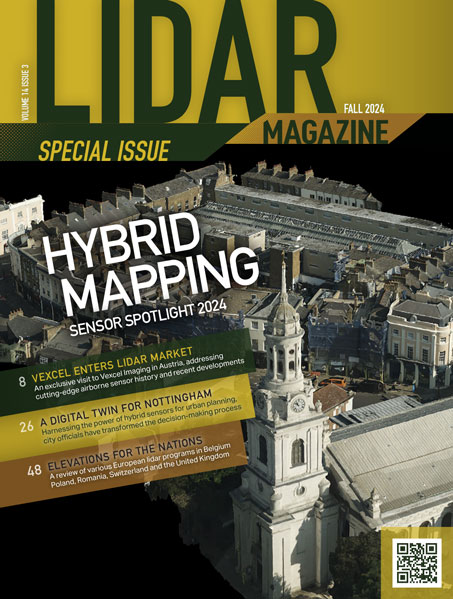Maptek I-Site high performance laser scanning technology proved its value during the recent project by the Scottish Ten to record the Sydney Opera House in 3D.
The I-Site 8810 and I-Site 8800 ultra-long-range scanners captured the Opera House from all angles, including critical surroundings such as the plinth that the Opera House sits on and the main structure itself.
The Scottish Ten is a project which brings together Historic Scotland, Scotlands Government heritage organisation, 3D scanning experts from the Digital Design Studio at Glasgow School of Art, and California-based digital heritage organisation CyArk. The Scottish Ten team worked closely with the Sydney Opera House Trust to facilitate the 3D scanning project.
Maptek was approached because our 3D technology, designed primarily for mining, is able to quickly cover large geographical areas. Scanning from vantage points such as Fort Denison, Mrs Macquaries Chair, the Sydney Harbour Bridge and Circular Quay ensured capture of the best possible detail of the Opera House setting.
The Maptek team covered a huge amount of ground in their time on site with us, and the data looks fantastic. Their enthusiasm and support has been phenomenal and it has been our pleasure and privilege to work with them, said Dr Lyn Wilson, Scottish Ten & CDDV Project Manager.
The I-Site laser scanner was mounted on a vehicle to drive through the Royal Botanical Gardens to scan the southern and eastern aspects of the Opera House and Sydney Harbour Bridge. The ability to set up so quickly, obtain the scans and move between strategic locations meant Maptek could fill in the pieces of the puzzle that the Scottish Ten scanning pass did not capture.
The Scottish Ten team has used aerial scanning to collect data of the setting for other sites. I-Site terrestrial laser scanners allowed them to collect the same type of data for the exterior and interior of the Opera House.
More importantly it meant accurate portrayal of vertical structures and the complex engineering of the underside of the Harbour Bridge, not possible with aerial methods.
The long range scanning ability of the I-Site 8800 and I-Site 8810 was ideal for this project. Complicated access to built and natural environs, including an island in the middle of the Harbour, and tight deadlines meant efficiency was the key. In all, 144 scans of different resolutions were captured over 3 days, with more than 100 different set ups.
Simultaneous capture of high resolution colour imagery with I-Site systems allows for spectacular animations and realistic models which reflect the unique beauty of the Opera House in its setting.
Maptek I-Site Studio software easily registered the scans in local coordinates. Base scans from key positions established survey control, streamlining setup and capture of remaining scans. Dynamic transformation and registration tools, adjusted the new scans to the reference scans, bringing the data into its correct spatial location.
The Sydney Opera House is one of the world heritage sites being scanned for the Scottish Ten project. The ultimate goal is to cover five sites in Scotland and five in other parts of the world. Laser scan data will be used to create 3D models to preserve the sites for posterity.
Maptek technology has also been used to capture the landscape and ruins on the remote island of
St Kilda, about 100 miles off the west coast of Scotland. This is one of only 28 World Heritage Sites around the globe with dual recognition for natural and cultural characteristics.
View the video and gallery of images at www.maptek.com/sydneyoperahouse and find out more about the project at www.scottishten.org/property9
About Maptek
Founded more than 30 years ago, Maptek is a leading provider of innovative software, hardware and services for the global mining industry. Maptek products are in use at more than 1200 sites in more than 60 countries. Products cover the whole mining cycle from exploration to reclamation. Vulcan is one of the world’s longest standing 3D mine planning and modelling packages. I-Site is an integrated hardware and software system for 3D laser scanning, surveying and imaging. BlastLogic features intelligent 3D drillhole validation and load design software, and Eureka provides an interactive 3D environment for visualising and interpreting geophysical and seismic data.
Sydney Opera House
The World Heritage listed Sydney Opera House welcomes over 8.2 million visitors on site every year and hosts 1,800 performances attended by 1.4 million people. It is one of the worlds busiest cultural precincts. www.sydneyoperahouse.com/
Scottish Ten Project
The Scottish Ten is an ambitious five-year project using cutting edge technology to create exceptionally accurate digital models of Scotlands five UNESCO designated World Heritage Sites and five international heritage sites in order to better conserve and manage them. www.scottishten.org
